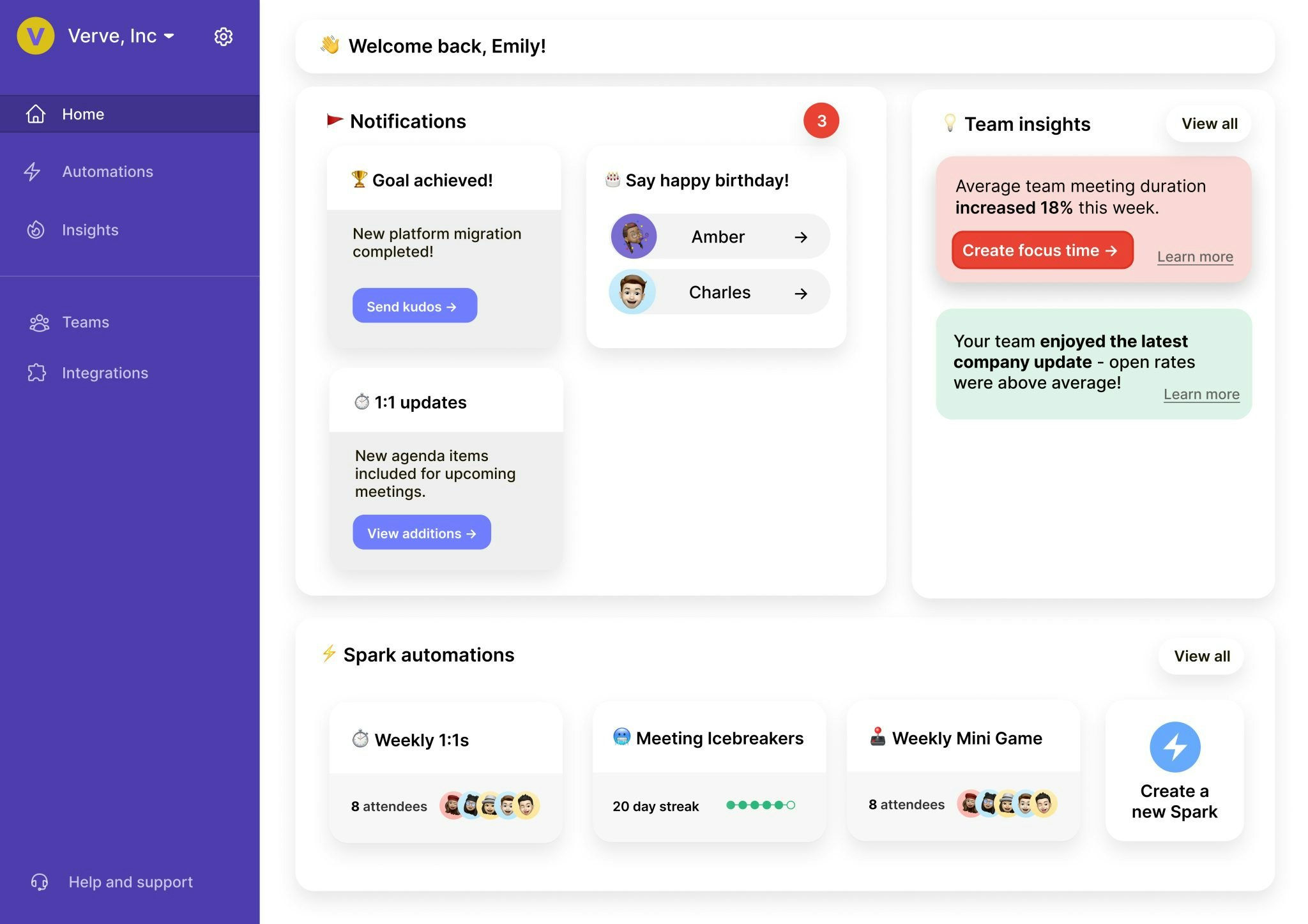As a former consultant and business school graduate, I’d built countless slide decks and models but, sadly, I'd never written a line of code — let alone built a product — when I founded a startup.
That meant I faced a problem common to many eager non-technical founders: how to create a minimum viable product to kick-start my business.
After hearing countless horror stories of failed cofounder matches, I wanted to ensure I found the right person before committing. With no eligible partners in sight, the alternative was an expensive, non-committal partnership with a stranger from Upwork. I was stuck between a rock, a hard place and an oxymoron.
That’s when I decided I’d become my own chief technology officer (CTO) — a DIY CTO.
Why I decided to DIY it
I’m the daughter of a serial DIYer — my mother did everything from painting walls to re-upholstering chairs. So, I decided to channel her spirit and get scrappy. After some Googling, I found Bubble, a no-code platform that enables you to build SaaS platforms, marketplaces and customer relationship management systems (CRMs) without code. The next day I started building.
There were countless advantages to no-code, notably:
- Speed to market: I could develop and launch a minimum viable product (MVP) in weeks.
- Cost savings: I could save tens of thousands of dollars on freelance developers, who can be notorious for shifting deadlines and stacking invoices.
- Personal development: I could secure hands-on experience with fundamental app mechanics and architecture, which is invaluable knowledge for a tech founder.
I was not alone in this journey; a growing number of founders are turning to no-code tools to create their MVPs. I built my MVP with a community of 12 founders I met on Bubble’s Immerse Program. My peers were building a range of MVPs from a party-planning app to a marketplace for high-quality sign language interpreters. This trend towards no-code is even stronger in developing countries where the financial hurdles of custom building are relatively higher.
You can be a DIY CTO too
For all the founders out there in similar situations, here are seven ways to go from idea to MVP in a matter of weeks as your own DIY CTO.
- Start by defining the MVP requirements: Identify the key features and functionalities that are essential to addressing the problem your MVP is trying to solve.
- Design the wireframe: Create a visual representation of the MVP's layout and flow. This will help you understand the structure and layout of the final product.
- Choose the right no-code tool: Webflow is great for ecommerce but a more flexible solution like Bubble is perfect for building a finance app or a two-sided marketplace.
- Learn the basics: Take some time to familiarise yourself with the platform by creating a simple test app to understand the basics and get comfortable with the interface.
- Start building the MVP: Build pages, create forms, add functionality and set up databases and interactions — without writing a single line of code.
- Leverage community support: Join the growing community building with no-code: you can ask for help, share tips, and troubleshoot problems with other users. One guy went out of his way to record a video to show me how to correctly install an application programming interface (API).
- Test, iterate and launch: Once the MVP is built, you will want to test it thoroughly to ensure it meets requirements and delivers value to the end user. Address any issues found during testing, refine and iterate until you are satisfied with the final product. After this, you can launch the MVP to your target audience and start gathering feedback to improve it and validate the value your MVP is providing.

When DIY-ing wouldn't work
That said, there are some businesses for which being a DIY CTO is more challenging. No-code solutions are brilliant for building web or hybrid apps, but less handy if you need to create a native app, as you may need to use additional services to make your app downloadable from app stores. Secondly, if your industry or users require specific compliance standards (for example SOC2), you may hit some roadblocks as not all no-code platforms are compliant. Lastly, it goes without saying no-code is not built for everything (yet), so if you’re planning on creating a gaming app that is highly graphical and animated, I’d wait a few more years.
What happened next?
After building my MVP in 10 weeks, I launched my business and generated $60k within four months. I took my time to find the right cofounder/CTO — Francisco Caballero — an experienced engineer based in Argentina (which is a whole story for another time). Not long after, we were accepted into Techstars' accelerator programme. Safe to say, I couldn't have built the momentum required to secure a cofounder or a place at Techstars if I hadn't been scrappy and built my own MVP.
So if you’re sitting on an idea, don't wait for the perfect time or cofounder to come along. Channel your inner DIY spirit and get scrappy with no-code tools. You might surprise yourself with what you can build on your own!



